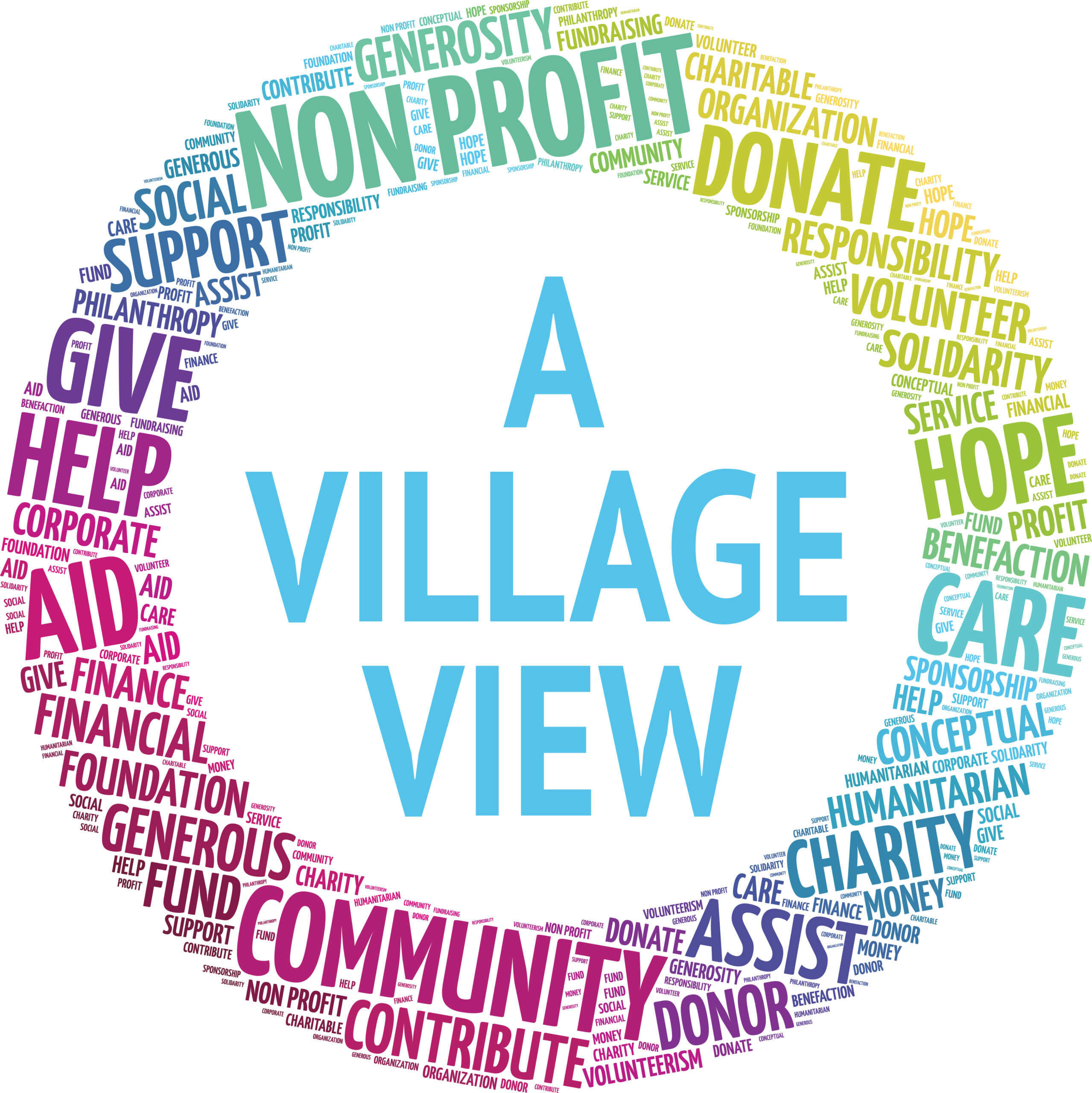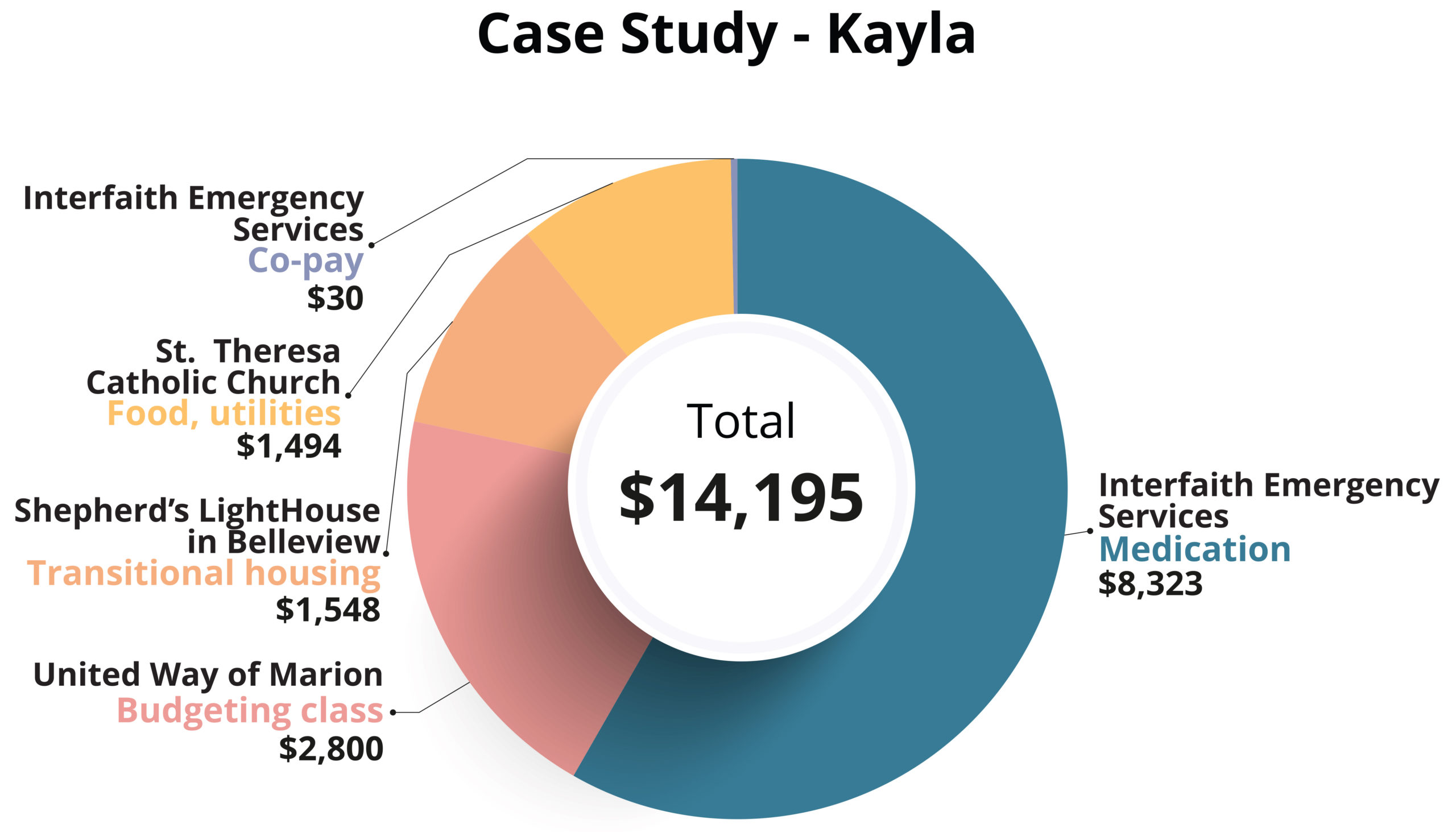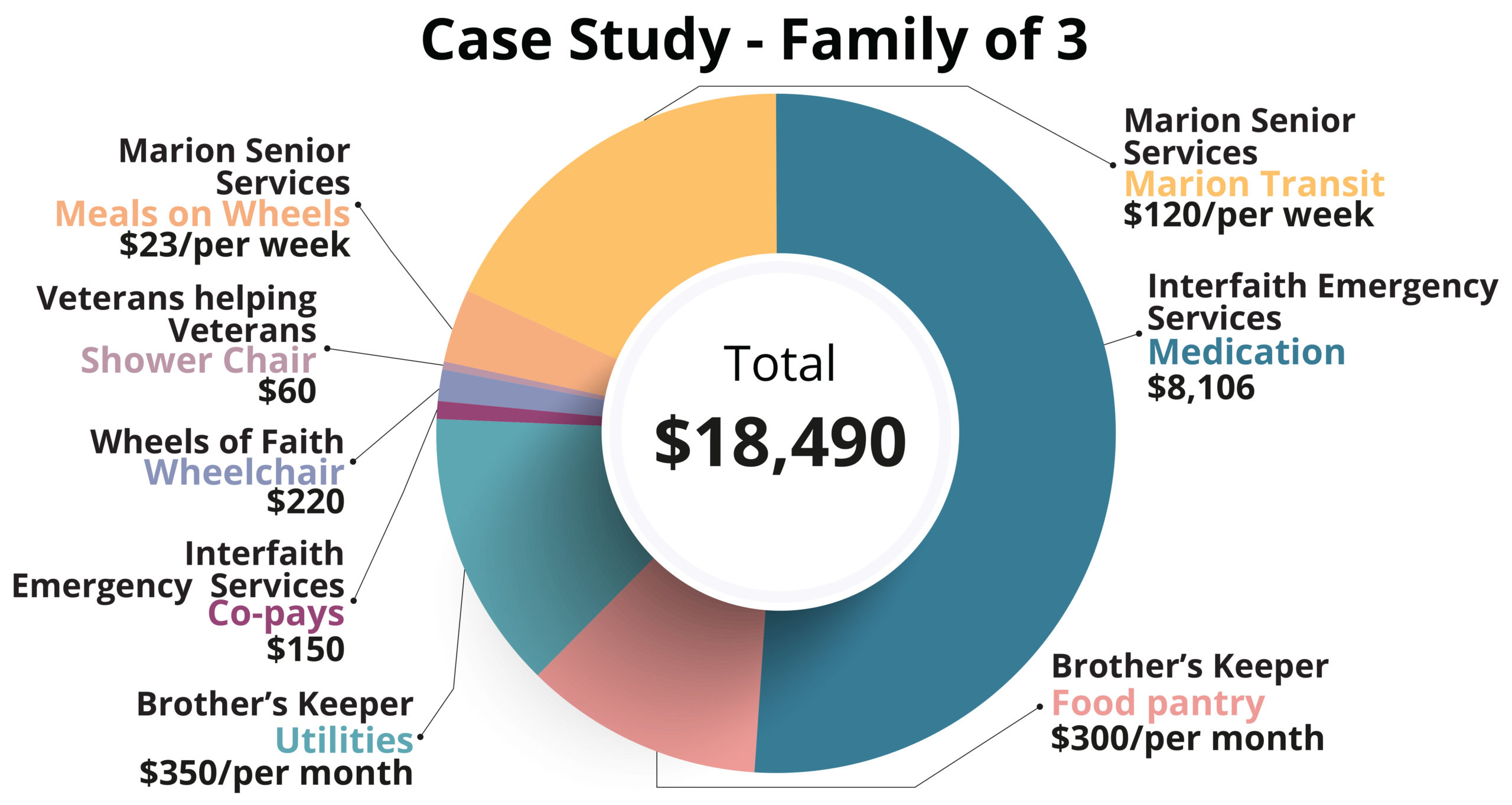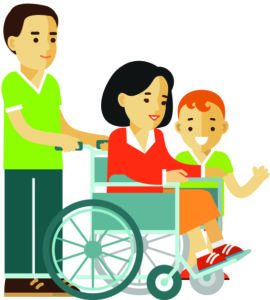Local nonprofits often work in concert to help people in need.
 The adage that it takes a village to raise a child—with a whole community helping them to grow and thrive—can also apply when someone needs help to recover from a traumatic or life-changing event.
The adage that it takes a village to raise a child—with a whole community helping them to grow and thrive—can also apply when someone needs help to recover from a traumatic or life-changing event.
In many cases, nonprofit organizations become part of the “village” that helps fill in gaps when mainstream resources, such as a job and health insurance, don’t exist or just aren’t enough.
This issue is filled with information about area nonprofits, including who they are and how they help people. The economic impact of these agencies is critical in maintaining a strong local economy overall. And many of these agencies thrive through the efforts of thousands of volunteers, whose donations of time and talent are nearly inestimable.
The COVID-19 pandemic wreaked havoc on nonprofits around the world, and right here at home. Many have had to amend programs as they work to recover from losses of donations, grants and personnel.
And when we look at some real-life scenarios, the thought of not having vibrant nonprofits at work in our community is a sobering one.
 For example, when Kayla was discharged from a local hospital and needed prescription medicine and routine visits with healthcare providers, but could not afford either, Interfaith Emergency Services stepped in to provide $8,323 for six months for her medication and paid her $30 co-pays so she could be seen at the Heart of Florida Health Center.
For example, when Kayla was discharged from a local hospital and needed prescription medicine and routine visits with healthcare providers, but could not afford either, Interfaith Emergency Services stepped in to provide $8,323 for six months for her medication and paid her $30 co-pays so she could be seen at the Heart of Florida Health Center.
 Kayla also needed help with food, rent and utilities. She received assistance from Shepherd’s LightHouse in Belleview, which has a transitional housing program, at a cost of $1,548 for three months, and a benefit of $249 per month from the social services arm of St. Theresa Catholic Church, also in Belleview. To help her better manage and sustain her budget, Kayla was referred to the Strong Families program through United Way of Marion County, which cost $2,800 for the program.
Kayla also needed help with food, rent and utilities. She received assistance from Shepherd’s LightHouse in Belleview, which has a transitional housing program, at a cost of $1,548 for three months, and a benefit of $249 per month from the social services arm of St. Theresa Catholic Church, also in Belleview. To help her better manage and sustain her budget, Kayla was referred to the Strong Families program through United Way of Marion County, which cost $2,800 for the program.
Over a six-month period, Kayla received assistance that totaled $14,195, which helped her regain her health and improve her quality of life.
Interfaith Emergency Services is one of the lead agencies in Marion County. It was founded in 1983, when the religious pastoral community saw a need to provide emergency assistance to individuals and families in crisis. Interfaith, as it is often called, is entirely funded by donations and does not receive any government funding. The agency provides basic needs such as food, clothing, shelter, medications, hygiene items and more to enhance the quality of life and ease the burden for those in financial distress. Clients are those experiencing homelessness, senior citizens, veterans, people with disabilities and the under-employed. On an annual basis, Interfaith Emergency Services touches the lives of approximately 30,000 people in Marion County.
“Interfaith feels extremely blessed to work in a community in which the local nonprofit agencies work so well together,” offers Chief Executive Officer Karla Grimsley-Greenway. “Because we share so many of the same clients that make up the population with the highest level of vulnerability, it takes all of us doing our respective part to truly make a difference. None of us, alone, have the capacity to meet the various needs of some of the families we help. As time progresses the needs tend to be more complex and often go deeper than a bag of groceries can remedy.”
And, she adds, “If Interfaith couldn’t call on our partner agencies to help many of our clients, and vice-versa, much of what we do would be in vain. It doesn’t do any good to give a family some groceries if they don’t have the electricity to prepare the meals or to give them access to a doctor if they can’t afford the medicine he or she prescribes.”
 Another example of how our local nonprofits helped a family is the story of husband and wife Jim and Dolly, and their son Daniel.
Another example of how our local nonprofits helped a family is the story of husband and wife Jim and Dolly, and their son Daniel.
 The couple had been using the food pantry ($300 per month) and received assistance paying utility bills (averaging $350 per month) through Brother’s Keeper, the social services ministry of Blessed Trinity Catholic Church.
The couple had been using the food pantry ($300 per month) and received assistance paying utility bills (averaging $350 per month) through Brother’s Keeper, the social services ministry of Blessed Trinity Catholic Church.
The couple also received prescribed medication assistance, at $8,106 for six months, as well as assistance paying copays for medical treatment, at $150 for six months, through Interfaith. It was through conversations with Interfaith volunteers that it was discovered that Daniel, 45, is intellectually and developmentally disabled and requires assistance with activities of daily living. Daniel was referred to the Transitions Life Center (TLC) for a day program called THRIVE, at $90 for two days each week. It also was discovered that Daniel has not been receiving any state assistance and the navigator for TLC assisted Jim and Dolly in filing the necessary paperwork so their son could begin receiving services.
After Dolly lost her mobility due to diabetes, she was provided a wheelchair ($220) through Wheels of Faith in Marion Oaks. Veterans Helping Veterans provided a shower chair ($60) so Dolly could remain in her home.
Due to Dolly being wheelchair bound, Interfaith referred the family to Marion Senior Services so they could receive meals on wheels ($22.85 per week) and Daniel was eligible for Marion Transit Services, a program of Marion Senior Services, at $120 per week, so he can attend TLC’s THRIVE program twice a week.
The total amount of aid the family received over a six-month period was $18,490.10.
“Breaking down these scenarios creates a real eye opener for those who think nonprofits don’t have costs to doing good,” explains Lauren DeIorio, President and Executive Director of the Community Foundation for Ocala/Marion County. “Every sector of society is important. While it is easier for people to understand the for-profit sector and how it works, the nonprofit sector is sometimes viewed as unimportant. It is almost like there is an expectation of nonprofit organizations to provide their services without people truly thinking about where their revenue comes from—which is only done by asking for funding from donors—to cover program and operational costs.”
She said the foundation is finalizing an economic impact study that will show exactly how much nonprofits contribute to our community.
“For example, the study will show the number of people employed by nonprofits in Marion County,” she notes. “It will show how those direct nonprofit jobs create additional indirect jobs and how nonprofit wages create wages in other sectors—basically, how our nonprofit sector drives the economy.”
And while such studies are important gauges, the fact remains that scenarios like those shared here unfold across Marion County every day of the year and it is all of us—and especially our crucial nonprofits—lifting each other up that constitutes that “village” of hope for those in need of help. OS






